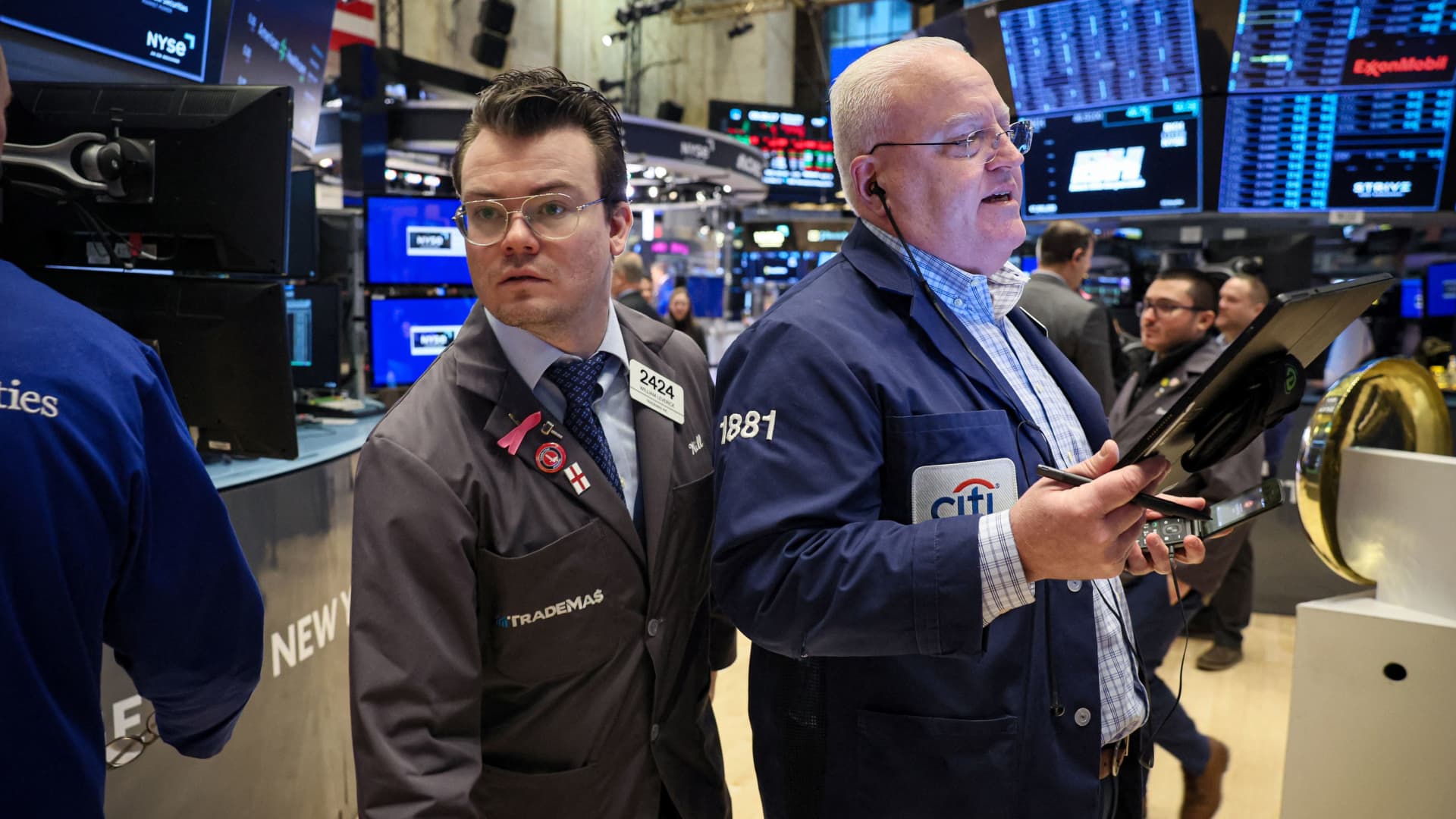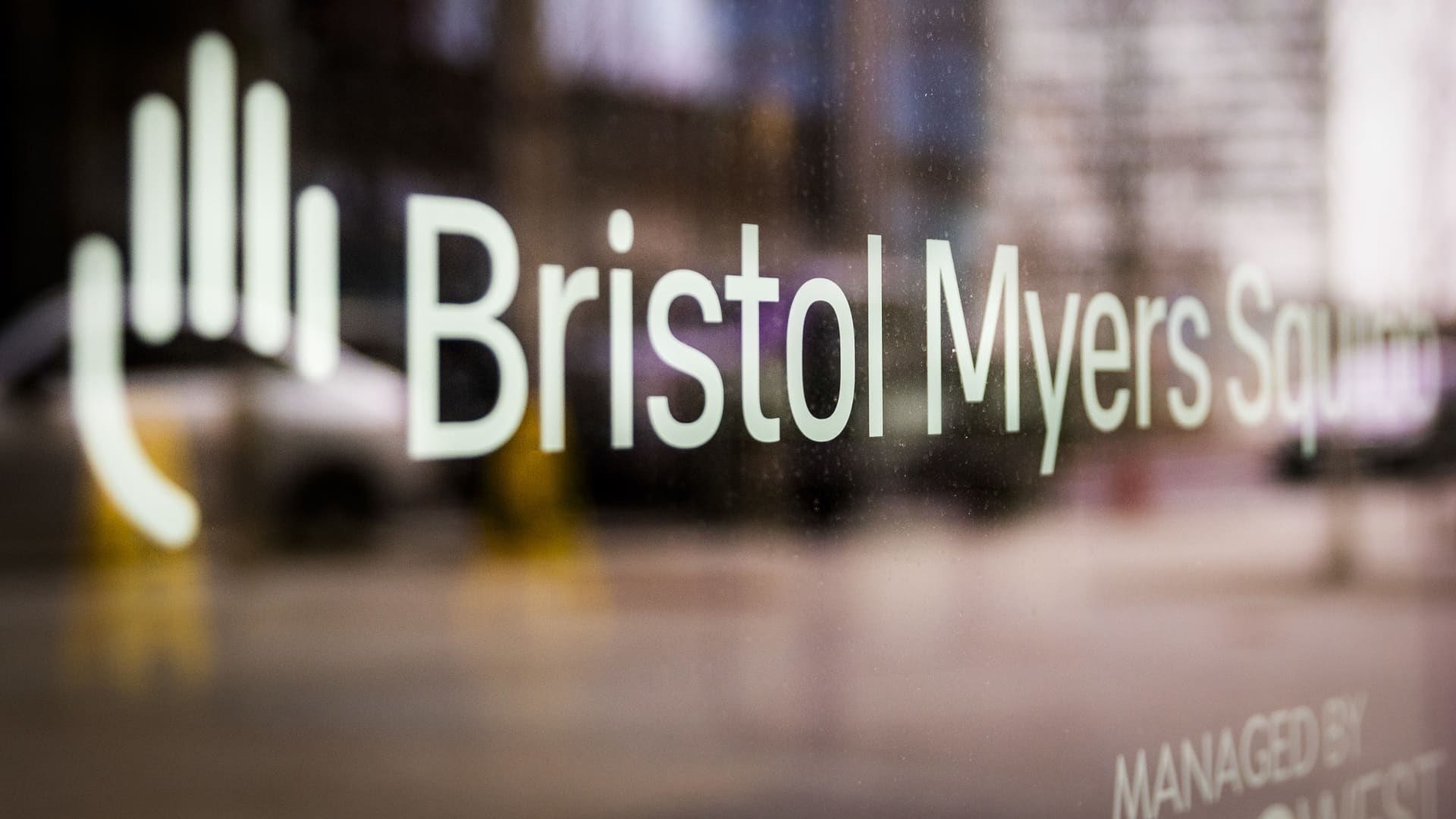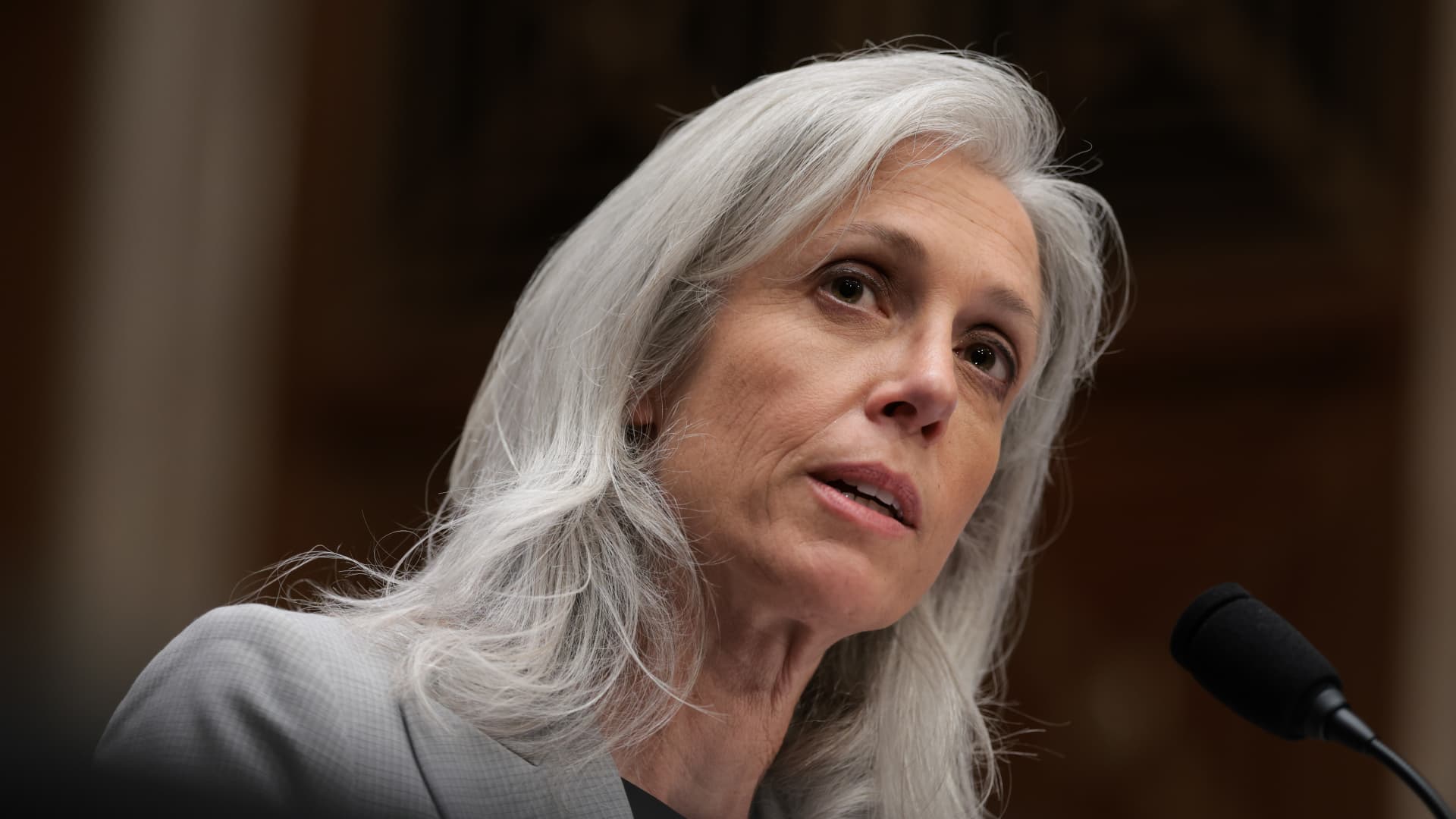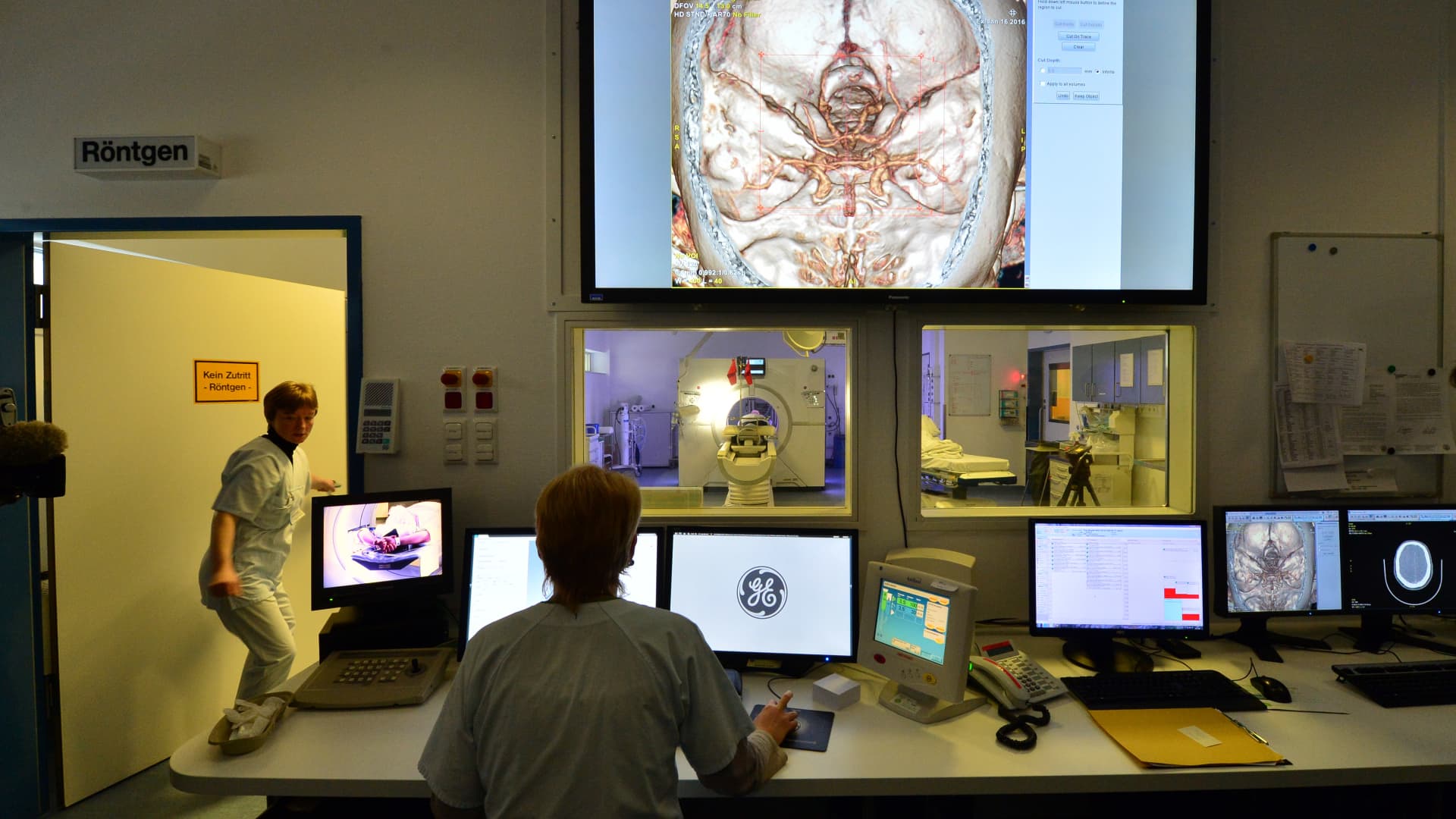Jonathan Raá | Nurfoto | fake images
Do you think a friend or colleague should receive this newsletter? Share this link with them to register.
Hello friends! Two competing cell therapies Bristol-Myers Squibb and Johnson and Johnson Both received good news from the Food and Drug Administration last week.
But J&J's drug is pulling away with a notable lead over its rival.
The FDA expanded approvals for both therapies, allowing patients to use them as earlier lines of treatment for a type of blood cancer called multiple myeloma. That can damage your bones, immune system, kidneys, and red blood cell count.
Before that decision, J&J's drug Carvykti and Bristol Myers' Abecma treatment were only available to people who had previously received at least four specific drug regimens for this incurable blood cancer.
First, expanded approvals are an important step for patients.
They add more options to a growing arsenal of treatments that have helped improve outcomes for people with multiple myeloma. people with the disease They often relapse or their cancer becomes resistant to treatment, forcing them to switch to different drug regimens.
There is no doubt that the approvals will expand the reach of both treatments to thousands of eligible patients. New cases of multiple myeloma emerge every year: according to J&J estimates, more than 35,000 new cases will be diagnosed in the US by 2024.
But the new approvals also give J&J's therapy, developed with Legend Biotech, a clear advantage over Bristol Myers' drug.
The expanded FDA approval says patients can use Carvykti after a single prior line of therapy for multiple myeloma and if certain conditions apply. J&J has said that earlier access to the drug may give patients the possibility of a treatment-free period at an earlier stage of disease progression.
Bristol Myers' Abecma, co-marketed by 2seventy bio, can be administered after at least two drug regimens for multiple myeloma, according to the new FDA approval.
The New York Stock Exchange welcomes Bristol Myers Squibb on November 20, 2020.
NYSE
Here's what some analysts say: The difference in product labeling between the two drugs offers a “significant commercial advantage for Carvykti,” Jefferies analyst Kelly Shi wrote in a Sunday note.
Carvykti's eligibility as a second-line treatment for multiple myeloma “should limit the use” of other similar cell therapies in subsequent lines of therapy, Shi said.
Both Carvykti and Abecma belong to a class of personalized treatments known as chimeric antigen receptor T-cell (or CAR-T) therapies that work by modifying white blood cells known as T cells to attack cancer. J&J's drug has gradually gained ground on Abecma in the CAR-T market for multiple myeloma, although it first entered the market a year later.
With Friday's new approval, Jefferies' Shi expects J&J's drug to gain most of that market share. The firm believes Carvykti is “well positioned” to eventually reach more than 80,000 patients in the US, EU and Japan as a second, third or fourth line of therapy.
The FDA's expanded approval of Carvykti could also put it on track to become a blockbuster product for J&J. Last year, the drug generated just $500 million in global sales, according to Legend Biotech.
The drug's long-term opportunity could be around $8 billion a year, and expansion as a second-line treatment for multiple myeloma makes it a “key market segment to achieve these revenues,” the Cantor analyst wrote. Fitzgerald, Rick Bienkowski, in a Wednesday note. of approval.
Guggenheim analyst Kelsey Goodwin said Abecma's peak annual sales could be around $450 million a year, according to a Reuters interview last week. Bristol Myers' drug generated $472 million in global sales in 2023.
But even with new approvals under their belts, both companies are grappling with the same long-term problem: supply constraints.
Both J&J and Bristol Myers have outlined plans to boost production of their respective drugs. I'll be watching to see how that part of the story develops later this year, so stay tuned.
Feel free to send any tips, suggestions, story ideas, and facts to Annika at [email protected].
The latest in healthcare technology
A look at Mount Sinai's approach to AI
Posters hang outside Mount Sinai Hospital on August 4, 2014 in New York City.
fake images
On Monday, I visited part of the Mount Sinai Health System, which spans eight hospital campuses and a medical school, to learn how it uses generative artificial intelligence.
In a small corner of Mount Sinai Hospital that currently serves as the medical school's artificial intelligence department, I spoke with executives about current initiatives and plans for the future, including plans to move that same department to a new building and much more. largest in June.
While Mount Sinai has been exploring applications of more traditional machine learning models for years, like many health systems, the organization has been taking a close look at generative AI since OpenAI's ChatGPT burst onto the scene in late 2022.
Dr. Bruce Darrow, the health system's interim chief information and digital technology officer, said Mount Sinai is evaluating use cases in patient care, education and research. Within patient care, anything the health system can do to safely help doctors and staff accelerate decision-making is important, he said.
For example, radiologists at Mount Sinai—doctors who use medical imaging such as CT scans, MRIs, and X-rays to identify and treat conditions—are already working with a number of new artificial intelligence tools. Dr. Laurie Margolies, director of breast imaging at Mount Sinai, said she is exposed to three different artificial intelligence software tools in her daily work.
One tool can evaluate a full mammogram, another can evaluate a breast ultrasound, and the third evaluates image quality, which radiologists can use to check their technique and position, Margolies said. While radiologists never simply defer to the computer, she said, AI can help provide an additional layer of security.
“I think it's a wellness tool,” Margolies said. “I think it makes me a lot more relaxed. When I think a mammogram is normal and the AI thinks it's normal, I'm more confident pressing that normal button.”
Despite the continued hype and excitement around the potential of generative AI in healthcare, Mount Sinai is trying to take a measured approach to its implementation. Dr. David Reich, president of Mount Sinai Hospital and Mount Sinai Queens, said many of the initial use cases have been fairly quiet.
One of the first places the technology was introduced, for example, was in Mount Sinai's financial departments, where Reich said people now process invoices more effectively.
“We would prefer to be a little slower, more labor-intensive and focused on workflow because we are in a very serious business,” he said.
Reich said it can be a challenge to determine which AI solutions are really worth it, so Mount Sinai has established a governance structure to help evaluate whether a tool is safe, feasible, practical and ethical to use. Above all, software should help address real problems, he said.
“A lot of people just want to sell an algorithm,” Reich said.
Please feel free to send any tips, suggestions, story ideas, or information to Ashley at [email protected].
Correction: A previous version of this bulletin misstated the timing of Food and Drug Administration approval for Bristol Myers Squibb's Abecma and Johnson & Johnson's Carvykti.












